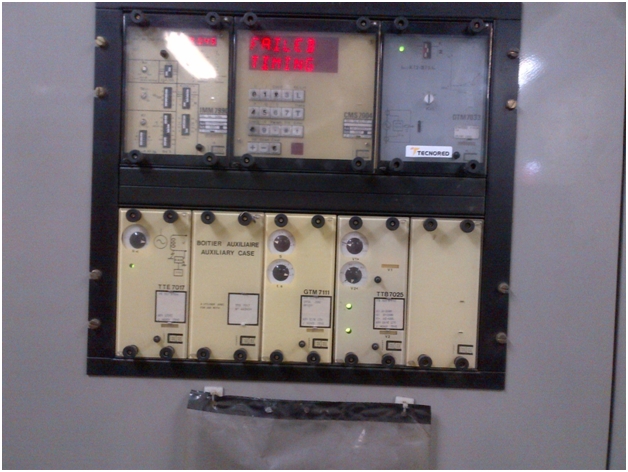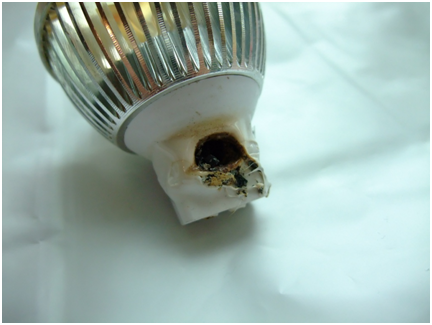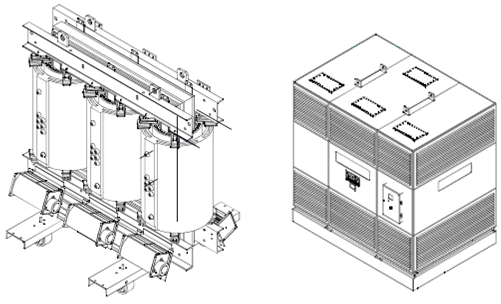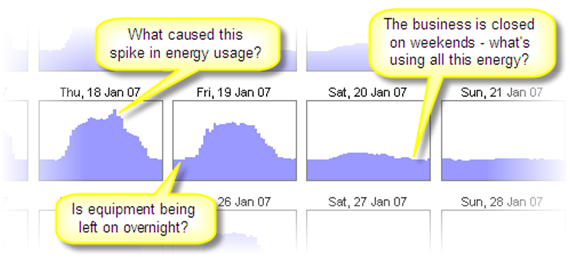
Energy Efficiency - motors
In September 2016, we're back with a focus on the category "Energy Efficiency - motors". We thought it was the best category to begin the rest of the year after the holidays!

Even if this is not a topic on which we spend a lot of time, we provide articles from time to time and we're always happy to see that the community still finds them interesting.
Here's a selection of few articles from the category:
1. Synchronous motors: Motor start-up strategies
2. Key Criteria to Consider When Selecting Motor Starting Methods
3. 5 most common starter device types (LV/MV motor starters)
If you would like to publish an article in the "Energy Efficiency - motors" category, you can tell us by mail. You can even post directly on the forum!
You can write about whatever you want (debate, tutorial, product review, your observations, your opinion as an engineer or student, etc.).
Thanks in advance for your active contribution to our community,
The moderator team.

 |
This month let us introduce you one of our community members: D.Ros |
A Process Control & Automation Engineer at Industrial Project Solutions, Inc.
From Texas, USA.
Industrial electrical installations, process control and automation, power conversion and distribution are the subjects that particularly interest him.
Thinks that nowadays more than having strong concepts, solid skills or sound experience, the exponentially growing and constantly shifting field of engineering pleads for a new approach towards developing integral and cross-disciplined solutions.
To his opinion, only by sharing and supporting each other, more than being fellow engineers, as human beings, the Electrical Engineering Community will be able to drive its world to a better tomorrow. That is why he believes in building an engineering community is so important and interesting.
If you want your profile to appear in the next newsletter, tell us by mail |
|

|
Using LED: global alert! |
 |
Nowadays, saving energy is a major concern and the electricity area is no exception to the rule. As electrical engineers, you necessarily apply technologies or devices which aim to improve energy efficiency.
Among the front runners of these technologies stands the LED technology (Light Emitting Diode). It is indeed among the most significant progress of the last years; to the extent that LED lighting is about to become the global standard, coming after classic bulbs that soon won't be sold by the manufacturers anymore.
Notably intended for commercial and industrial buildings, and also for infrastructure (outdoor public lighting), its success lies in the fact that it produces a very efficient luminosity compared to conventional incandescent lamps.
Everybody seems to agree with the fact that LED technology is the future of lighting. However, several electrical installation professionals warned us with 2 major issues highly questioning its use.
CLICK HERE to read and comment what we found out
|
|

|
How to Specify Dry Type Transformer |
 | Generally, specifying dry type transformer is same as specifying oil transformer. Yet, as dry type transformer is usually used in indoor and when apparent risk exist, there are some specifications we should consider.
According to IEC60076, dry type transformer subject to climatic, environmental, and fire behaviour class (C/E/F) classes. You also need to specify whether you want to install your dry type transformer with or without enclosure. If you want to install with enclosure, don't forget to specify Index of Protection (IP) rating.
|
What's your impression on this content?
|
MORE>> |

|
Understanding energy usage in a building or factory |
 |
Saving on electrical energy costs is the goal of every consumer, whether commercial or individual. This has many benefits such as letting companies reduce their production and operation costs and hence remain competitive. In addition, less energy usage means improved efficiency and less damage to the environment.
A well laid out assessment of the energy systems allows building managers to understand energy usages in various parts of the installation. This helps identify high energy usage areas and causes.
|
For those who have no idea of the subject, read this nice article to understand better and give your feedbacks in the comments section!
|
MORE>> |
|
 |
|
